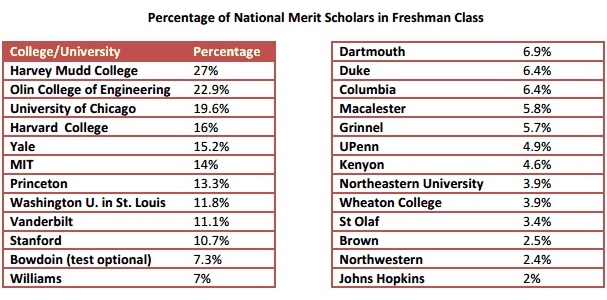With just a few days left until winter break, high school sophomores and juniors across Baltimore are powering through remaining tests and papers before the holiday vacation begins. But they’re also getting scores back from a standardized test they took in October: the PSAT.
Students across the nation take the PSAT as a form of preparation for the SAT. The PSAT, although half the size, possesses similar questions, organization, and time constraints as the SAT. Indeed, a section from a PSAT is almost indistinguishable from an SAT section. This is why a PSAT score is a solid indicator of an SAT score; just throw an extra zero at the end of the cumulative score and you’ll have a decent idea of how the same student would score if he or she took the SAT tomorrow.
But no one will take the official test tomorrow, and most will follow the recommendation stated at the bottom of the PSAT score report and take the SAT for the first time in the spring of junior year. Ostensibly, the suggestion makes good sense because students are at the furthest point in their schooling and still have the time to retake the SAT, if needed, in the fall of senior year. But, like most advice, it does not apply to everyone, and the implied logic behind the suggestion tends to be ill-founded.
Savvy parents of high school athletes, for example, realize that a strong SAT score early in high school plays a pivotal role in the recruitment process. This is especially true for the 99 percent of recruited athletes whose mailboxes are not jammed with letters from college coaches. These athletes must advocate for themselves by proactively contacting coaches and sending them updates about their GPA, SAT scores, and athletic accomplishments. Coaches begin building their freshmen classes years in advance, and they won’t hesitate to convey that strong academic numbers are crucial to getting on the list.
Sophomores who are already scoring fairly high on the PSAT (185+) can also benefit from a more proactive approach to the SAT than the College Board suggests. These students, when paired with a seasoned SAT tutor who can craft appropriate lesson plans to meet their needs, can prepare for the SAT and PSAT simultaneously and take both tests in the fall of junior year. Because of the similarity of the tests, they are essentially killing two birds with one stone by getting the SAT out of the way early and giving themselves a great shot at National Merit Semifinalist recognition.
What’s so great about being a National Merit Semifinalist? Aside from the eligibility to become a National Merit Scholar (and the scholarship money if selected as a scholar), it certainly helps a student stand out among college applicants. Although the minimum score to win the scholarship fluctuates, sometimes drastically, from state to state, the achievement as a scholar (and as a semi-finalist and commended student) is widely respected among the most prestigious colleges and universities, evidenced by the chart below. It includes scholars only, not semifinalists.

(Sources: National Merit Annual Report & Collegedata.com)
(To see a list of local National Merit Scholar Semifinalists, click here. You can bet they’ll be attending some of the top colleges in the country.)
Now let’s examine the thinking that more time in high school corresponds to better preparation for the SAT. Whereas reading comprehension, vocabulary, and understanding of grammar and usage all ideally improve, there are several aspects of the SAT that high schools tend to neglect. First, the math section covers topics like Numbers & Operations, Algebra, Geometry, and Probability—all subjects that bright juniors in Pre-Calculus and Calculus haven’t seen recently.
Secondly, the critical reading section tests a very different type of textual analysis than students normally experience in high school. In essence, it’s a test on rhetoric, involving the kind of close reading that analyzes why and how writers accomplish effects in their writing, not the theme-based writing that characterizes most high school essay assignments. Moreover, the passages are college-level, structured in the form of a conversation with past writing on a given topic, not in the bland thesis and three supporting details format often drilled in high school.
In this sense, for some students, when they take the SAT really matters, but for most, the important question is how they prepare before the test. Assuming that going through the motions at school will make a major difference in a student’s score by spring of junior year is probably a risk. At the very least, you may want to enroll your student in an SAT class to enhance his or her familiarity with the test. More ambitious students can benefit from an expert SAT tutor who will create a personalized test prep plan tailored to address areas of struggle and tackle goals.
Regardless of what you decide, the PSAT score report can be a fantastic resource in determining what skills your student needs to work on before taking the SAT.
Also found in the Baltimore Fishbowl
Feel free to re-post this blog , as long as you link back! Thanks!
